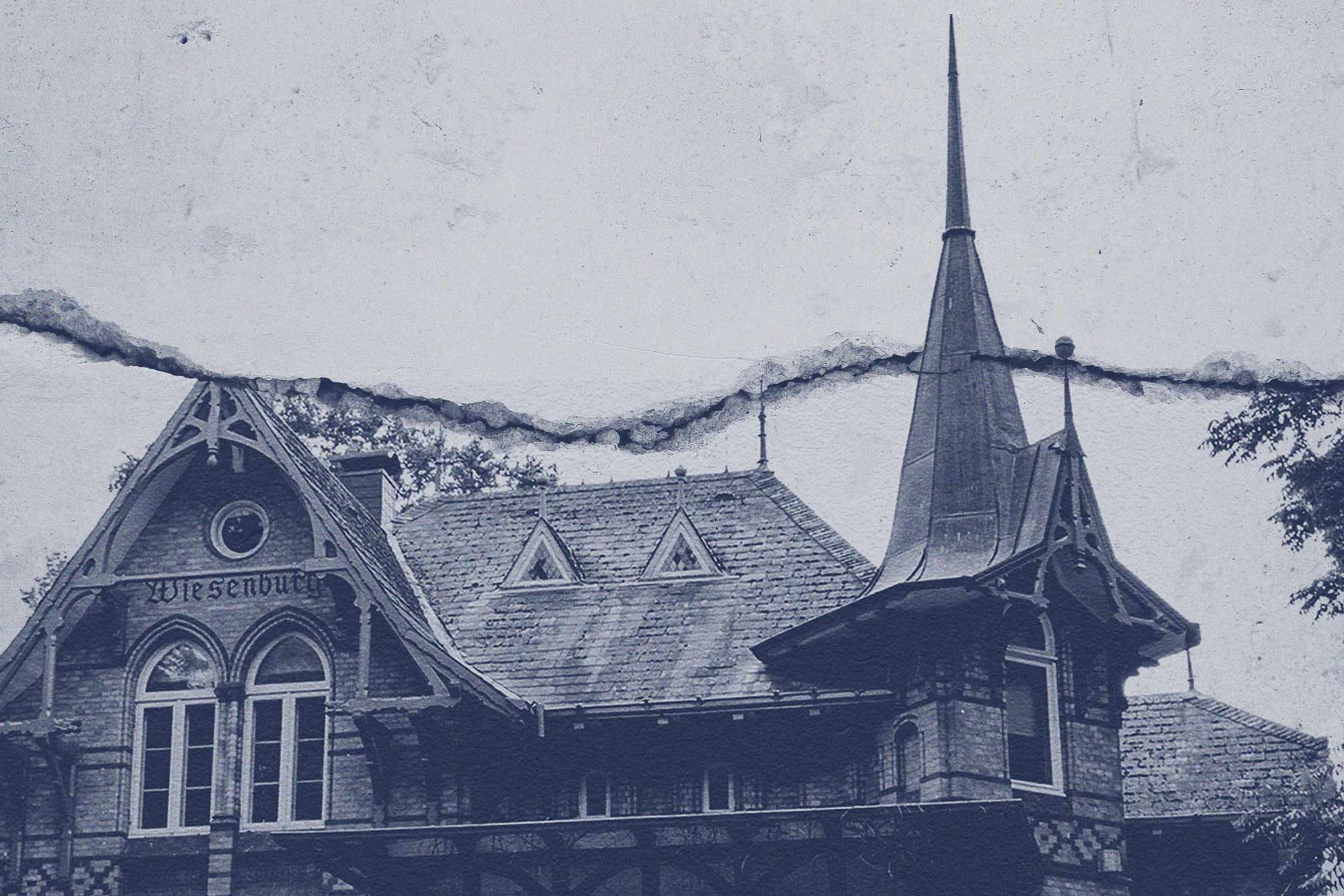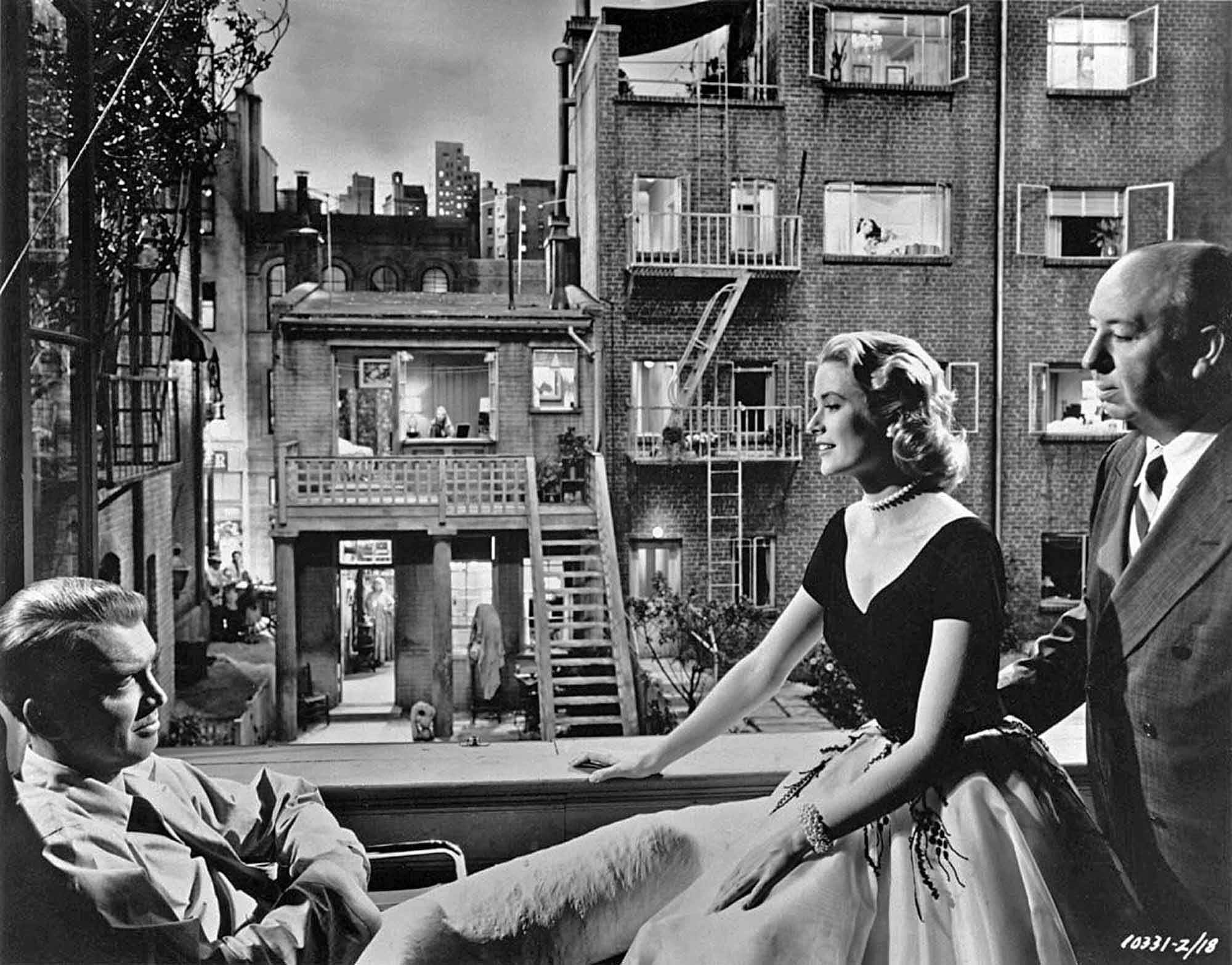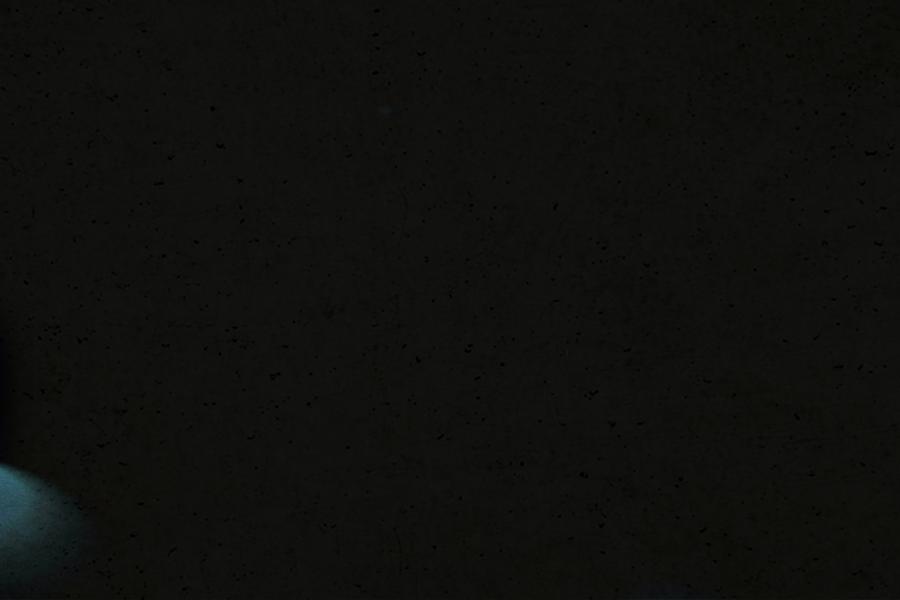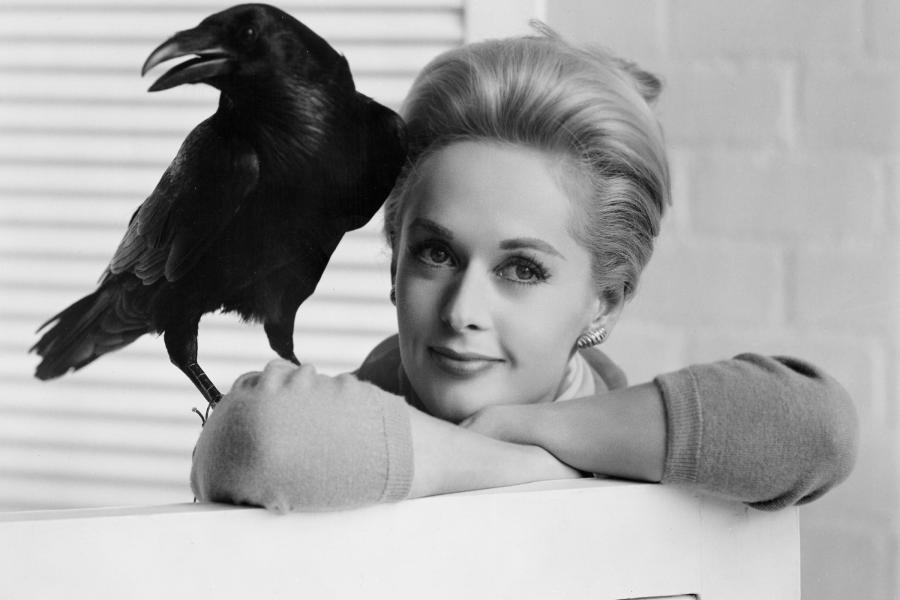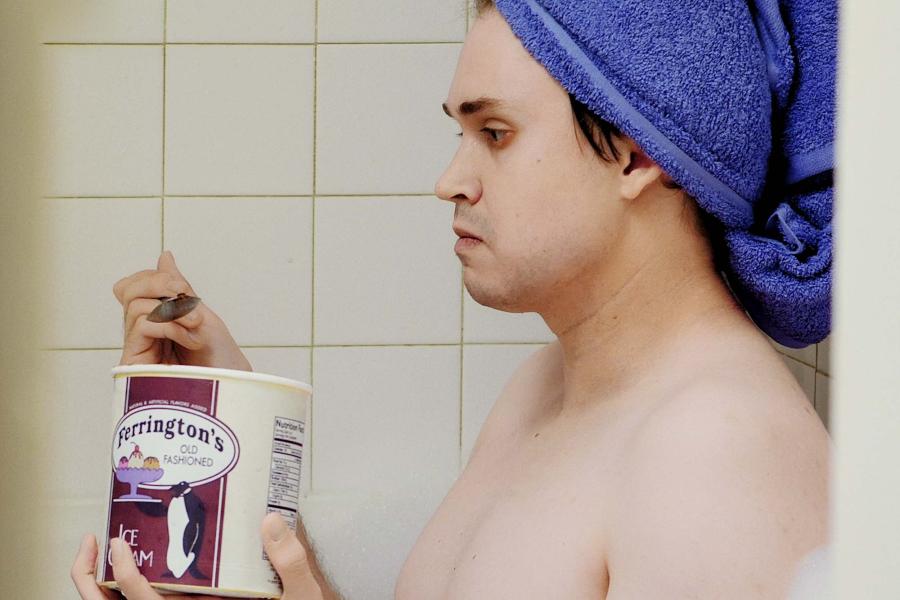“North by Northwest.”
“Rear Window.”
“The Birds.”
“Vertigo.”
“Psycho.”
Any fan of the late Hollywood director Alfred Hitchcock will remember these as some of his canonical suspense movies.
Viewers will recall his distinct characters, like “North by Northwest” protagonist Roger Thornhill, played by the dashing Cary Grant, or “Psycho” hotel keeper Norman Bates, performed by 1950s heartthrob Anthony Perkins.
The performers make the movie. But what about the physical structures?
Think of the sleek, modernist Vandamm house in “North by Northwest,” fictionally situated atop Mount Rushmore. Or consider the terrifying Bates mansion in “Psycho.”
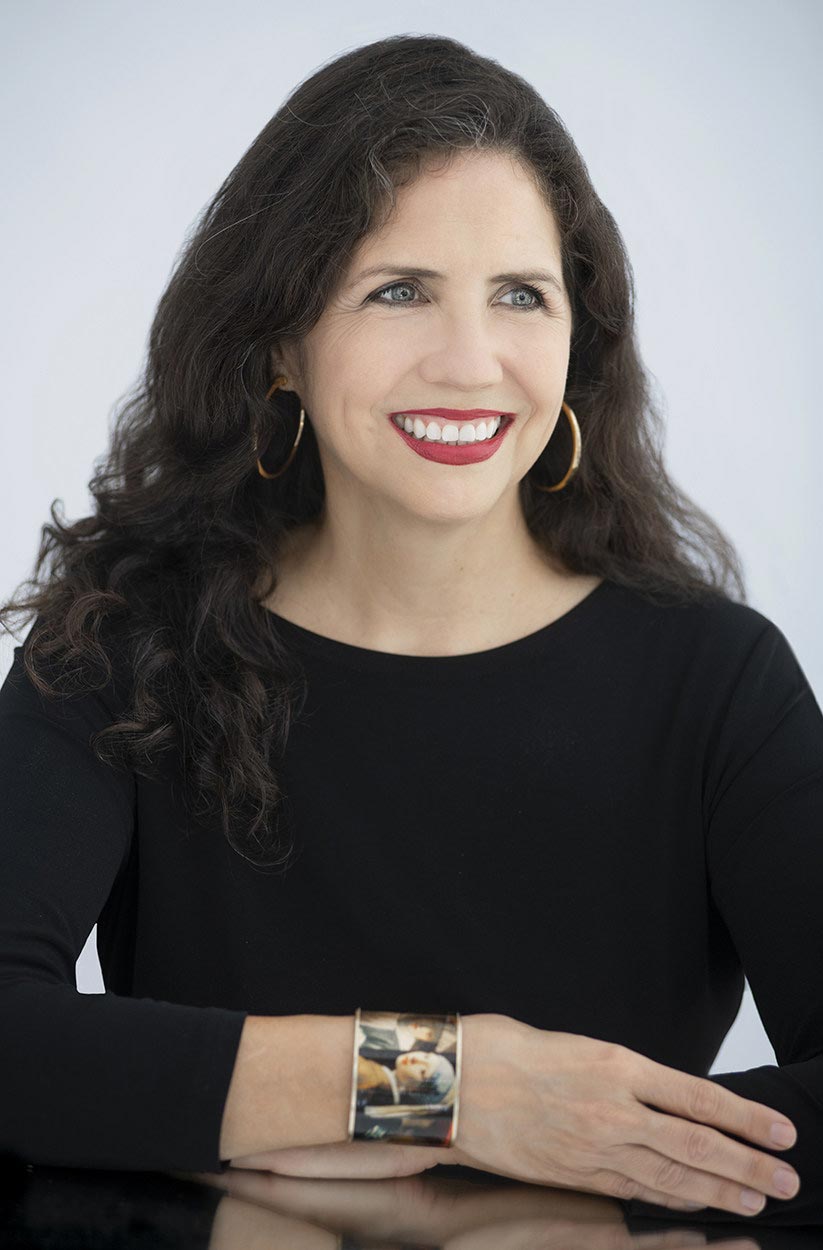
Christine Madrid French will talk about her new book on Halloween day at the School of Architecture. (Contributed Photo)
Those buildings, says 1998 University of Virginia architectural history graduate Christine Madrid French, are characters, too. She sets out to prove that in her detailed new book, “The Architecture of Suspense: The Built World in the Films of Alfred Hitchcock,” published in September by UVA Press.
French said she got the idea for the book because of people’s fixation with the Bates mansion. “I work in historic preservation and I was just fascinated with how many people knew about that mansion,” she said. How, she wondered, “does the building have so much cultural power after 60 years?” It’s especially fascinating, she says, because there is no real mansion. It was an empty façade in the film.
“In ‘North by Northwest,’ the Vandamm house, where the villain lives, the building is actually dictating the actions of the characters and is involved in that scene,” French said. “It’s not just the house on the hill where the bad guy lives. It’s actually projecting to you everything that the bad guy represents.”
French calls the Vandamm house “the villain’s lair” and goes into minute detail, describing how the script directly influenced the production designer, the person who created the movie set.
“The script writer wrote different ways that Cary Grant had to move around to save the damsel in distress trapped inside the villain’s lair, and the production designer interpreted that and said the only kind of building that would satisfy the requirements was a modern building,” French said. “That was the very first time a mid-century modern house was used as the villain’s lair, which is incredibly important because you see in James Bond, right after that, and even today, the villain always lives in a big, beautiful, modern house.”
